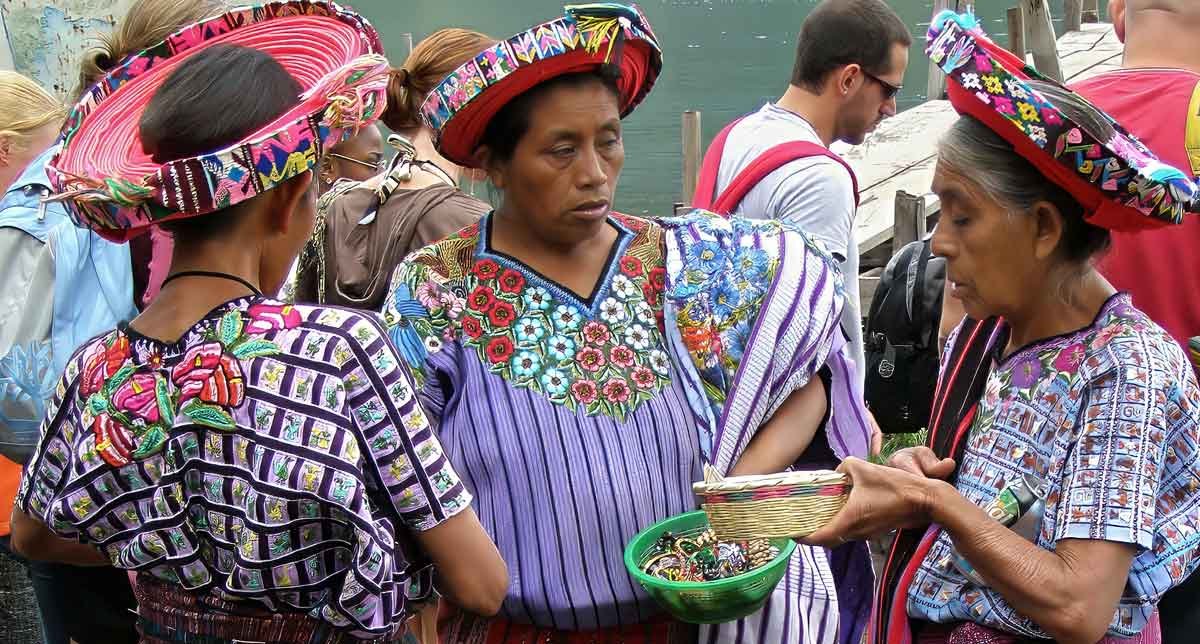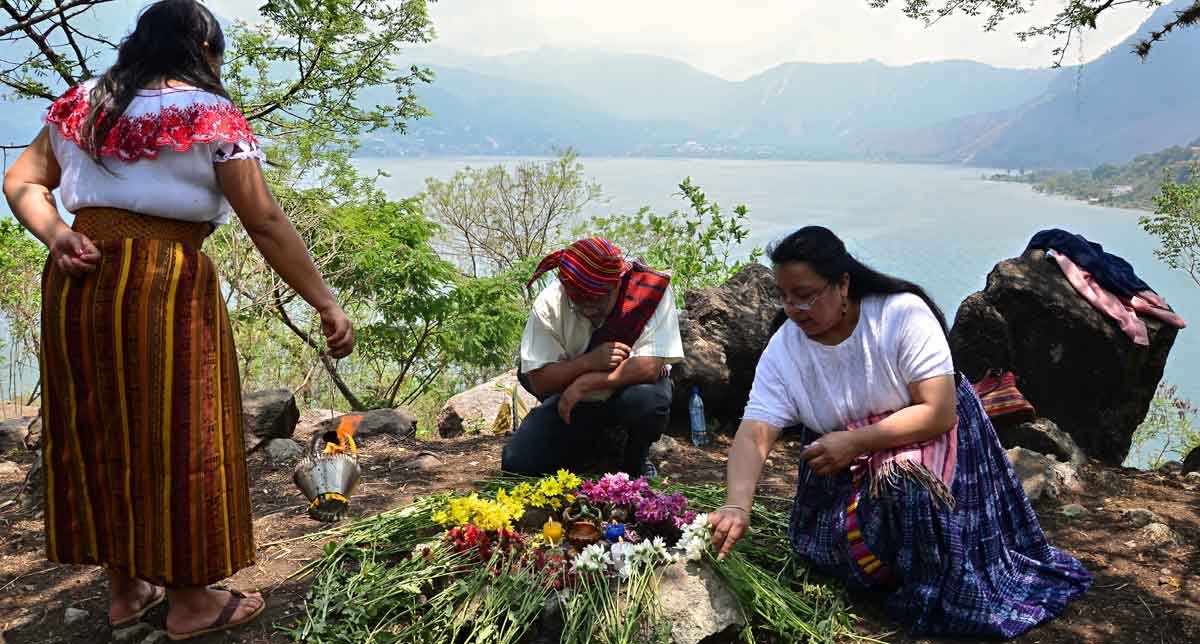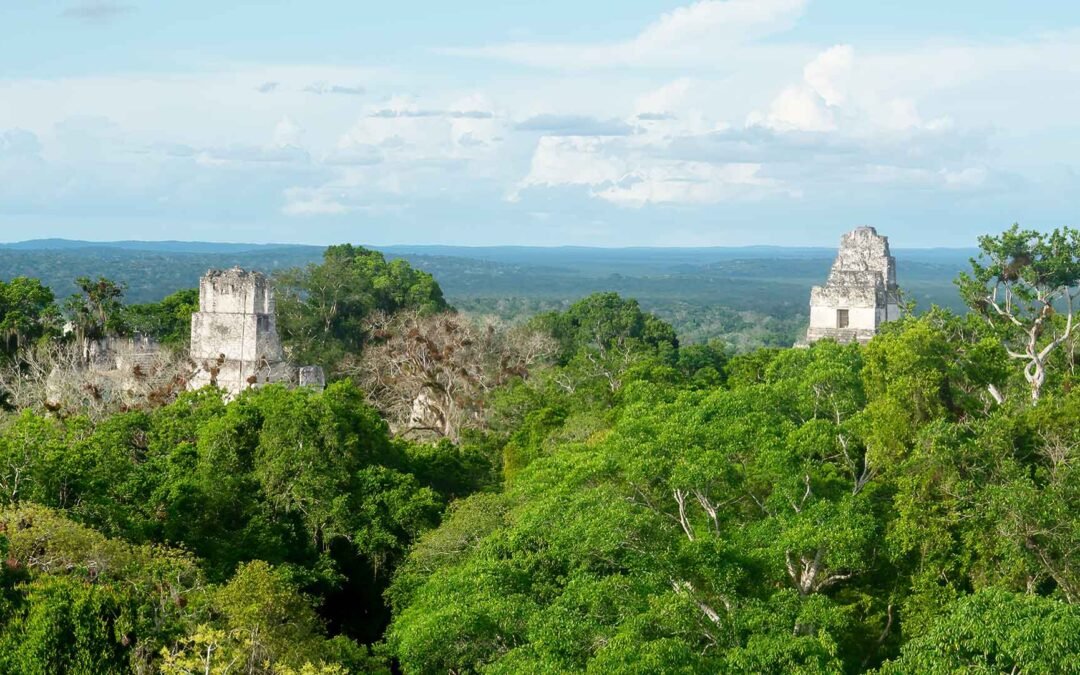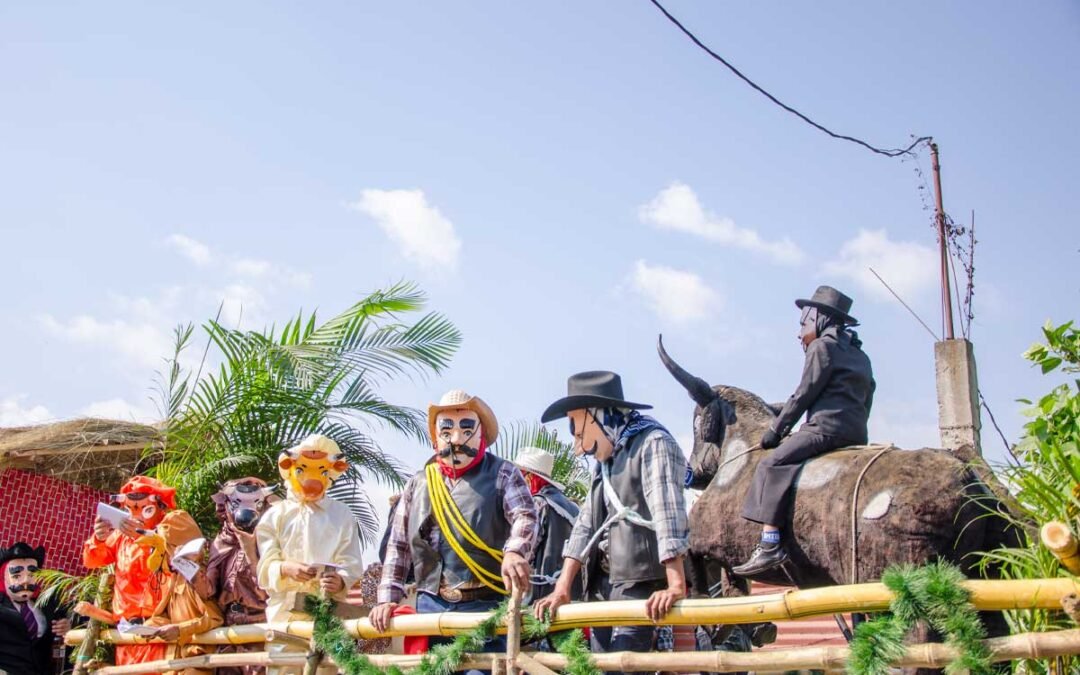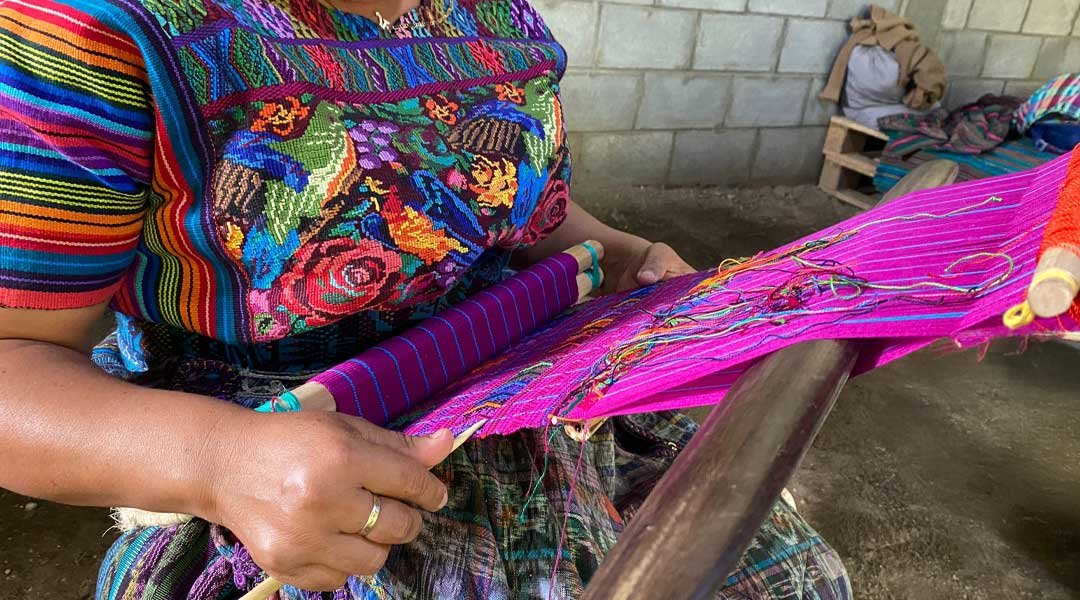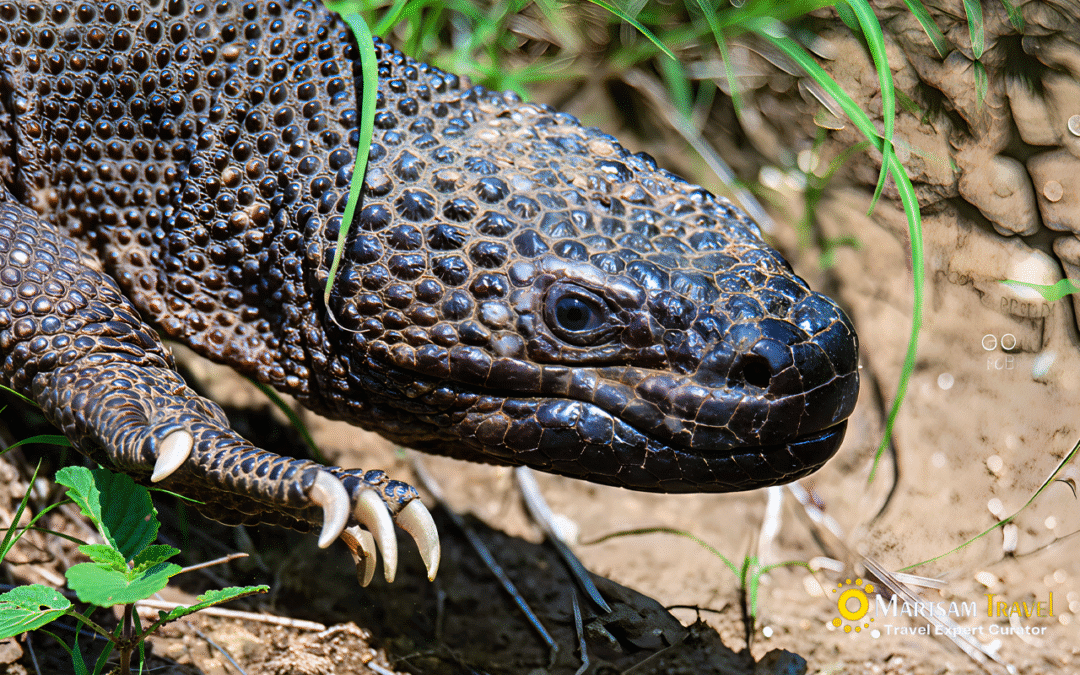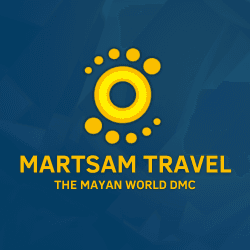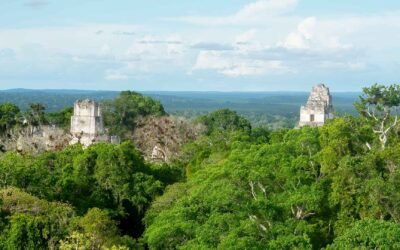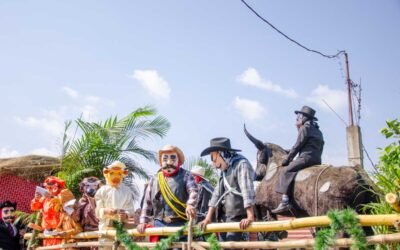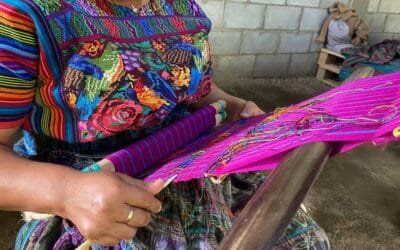- Key Takeaways
- Your Village at Lake Atitlán
- The Lake’s Living Culture
- Authentic Lake Atitlán Experiences
- The Flavors of Lake Atitlán
- The Lake’s Environmental Pulse
- My Perspective: The Lake’s Duality
- Conclusion
- Frequently Asked Questions
- What makes Lake Atitlán unique compared to other lakes?
- Which village around Lake Atitlán should I visit?
- Can I experience authentic local culture at Lake Atitlán?
- What local foods should I try at Lake Atitlán?
- Is Lake Atitlán environmentally safe for swimming?
- How do I get around Lake Atitlán?
- What is the best time of year to visit Lake Atitlán?
Key Takeaways
- Experience the distinctive personality of each village surrounding Lake Atitlán, each imbued with local life and Mayan heritage.
- Interact respectfully with locals and experience cultural traditions, like crafts fairs and celebrations, to deepen your appreciation of the local lifestyle and culture.
- Immerse in genuine experiences such as coffee tours, wellness retreats, and craft workshops that embody the region’s agricultural, spiritual, and artistic heritage.
- Experience authentic Mayan flavors by sampling local dishes at bustling markets and lakeside eateries, or participate in cooking classes to discover regional recipes and techniques.
- Help conserve and stay updated on the region’s environmental issues, protecting local flora, fauna, and natural beauty.
- Be a responsible traveler and respect both the culture and the environment so that Lake Atitlán remains sustainable and intact for generations to come.
Lake Atitlan is a massive lake in the Guatemalan Highlands, famous for its deep blue waters and volcano views. It sits approximately 1,562 meters above sea level and entices travelers with its combination of natural beauty, indigenous culture, and tiny lake shore villages.
Most come for the hiking, boat rides, and local markets. To find out what makes Lake Atitlan so special, the following sections break down essential information and advice.
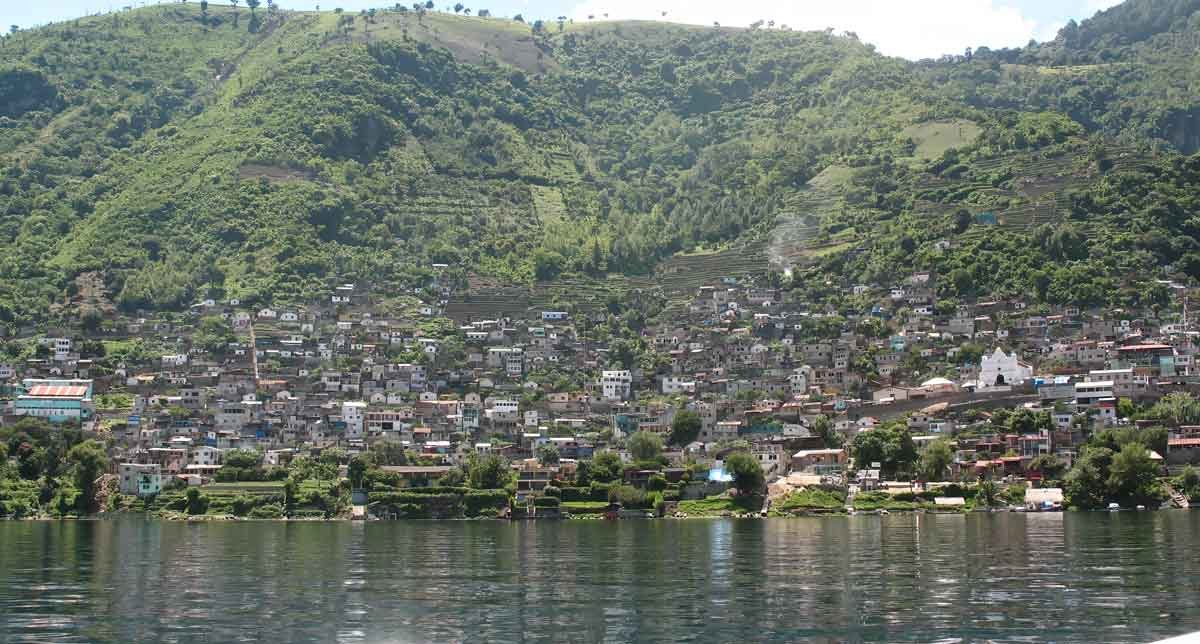
Your Village at Lake Atitlán
Lake Atitlán, often referred to as one of the beautiful lakes in Guatemala, is nestled in the Highlands, approximately 77km from Antigua and 142km from Guatemala City. With an 82 km shoreline, the lake is dotted with 11 villages—each known as one of the vibrant Lake Atitlán towns, showcasing its rhythm, appearance, and ambiance. It’s a bottomless lake—approximately 340 meters at its deepest—which makes it one of Central America’s deepest lakes. Understanding the unique characteristics of each village helps you find your right fit during your Lake Atitlán travel guide journey.
- Panajachel: Gateway town, easy to reach, lots of shops, markets, and places to eat. Great for first timers.
- San Pedro La Laguna: Attracts hikers, backpackers, and those seeking to explore volcano trails. More alive.
- San Marcos La Laguna: Known for its quiet mood, yoga studios, wellness retreats, and lake views.
- Santiago Atitlán: Largest town, strong Mayan roots, famous for traditional art, textiles, and markets.
- Santa Cruz La Laguna: Steep hills, fewer crowds, best for calm and slow days.
Mayan folks have called this place home forever. Lots of them speak Kaqchikel or Tz’utujil–Mayan languages that color village life. Each town displays its form of dress–vivid handwoven garments, every shade or design telling of its village.
Local traditions tend to revolve around the market, church, or family occasions—such as the annual ‘feria’ brimming with food, music, and parades. Markets are bustling with handmade textiles, beadwork, and pottery. These crafts employ ancient techniques handed down from one to another.
Natives have no problem telling tales. Some ask you to observe or participate in their daily labor, such as weaving or agriculture. Visitors can buy crafts at markets or co-ops, helping sustain local art and commerce.
Some lakesides are clean for swimming, others are not, so heed local advice before getting in the water. The dry season – November through April – is the peak time to visit for clear skies and sunny days.
The Lake’s Living Culture
Lake Atitlan’s Mayan culture isn’t frozen in time—it drives daily existence. Around the lake, villages exhibit a living culture of old and new. Locals hold the old traditions tight while also opening a window to modern currents. This mix pops in the ordinary sights, sounds, and routines of the Lake Atitlan towns.
Immerse yourself in the village life of the local markets and workshops. Watch as weavers weave brilliant threads into fabric, using techniques inherited for centuries. Each design narrates a tale or depicts a connection to Mayan legends.
Watch farmers till tiny plots with archaic tools, cultivating corn, beans, and coffee. These crops are central to the Mayan lifestyle. Walk through a village and you’ll hear Tz’utujil or Kaqchikel being spoken, speaking to the deep roots of these languages that thrive in this lush Atitlán landscape.
Local festivals suck you into the living culture. During these, music and dance erupt in the streets. Drums, flutes, and marimbas beat the rhythm as brightly clad men and women spin stories through dance, reflecting the vibrant spirit of the Maya community.
Festivals—sometimes in honor of saints, sometimes according to the Mayan calendar—each step molded by ancient faiths. The entire village participates, and these events are accessible to anyone to observe or engage, making it a perfect addition to your Lake Atitlan travel guide.
The lake itself is not a sight—it’s holy. Shamans perform rites on the shore, invoking fire, flowers, and incense. They view the lake as a portal to the spirit realm.
Rituals frequently identify critical points in the Mayan calendar, anchoring folks to cycles extending millennia. Glide by boat from village to village to witness tradition and change, side by side, as you explore the beautiful lakes.
Certain towns are about art or music, others center around farming or crafts. Artisans provide lessons in weaving or pottery, allowing you to experience the ancient traditions firsthand.
These practical experiences allow you to witness firsthand how Mayan life continues to progress but remains grounded in its history, making your journey through the lakeside communities unforgettable.
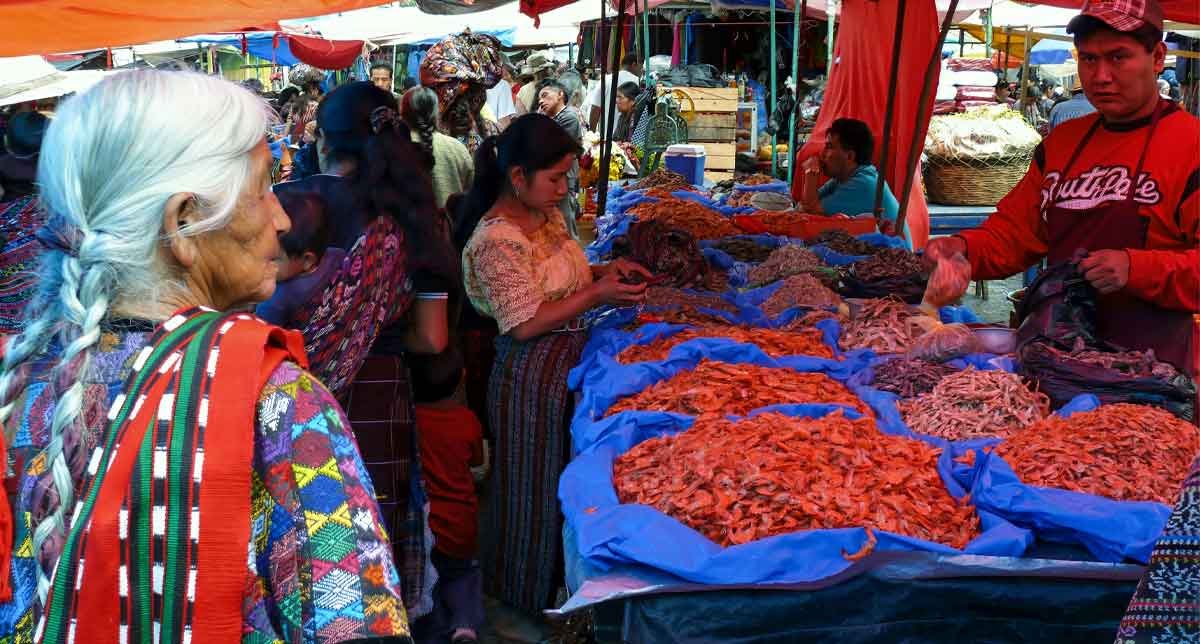
Authentic Lake Atitlán Experiences
What makes Lake Atitlán special is its appeal to intrepid types who want authentic experiences. Its towns and natural surroundings provide numerous opportunities to engage with the region’s locals, culture,
and lifestyle.
Some of the experiences include:
- Guided coffee tours with local growers
- Yoga retreats and wellness workshops
- Hands-on artisan craft sessions
- Visits to traditional markets in nearby towns
- Exploring San Juan La Laguna’s art and culture
- Boat rides across the lake’s unique towns
- Birdwatching and hiking around the volcanic rim
Joining a coffee tour is an immediate way to experience how the land informs life. Local farmers demonstrate how they cultivate, harvest, and roast coffee beans. Tastings let visitors sample and compare fresh Guatemalan blends and discover the region’s distinctive taste.
Coffee tours are usually in smaller villages like San Juan La Laguna, a personal favorite for its peaceful streets and heavy concentration of the arts.
Yoga retreats and wellness workshops are a dime a dozen in Panajachel and other spiritually inclined lakeside towns. Above, many centers provide day classes, meditation, and holistic therapies with the calm lake as a backdrop.
Their year-round mild climate – 21-27°C in the day, cooler at night – means these are all comfortable activities for most visitors.
Hands-on craft sessions with local artisans provide an insight into traditional skills such as weaving and pottery. These workshops are often based on natural dyes and ancient techniques.
Artisans share their craft’s role in community life, allowing visitors to try their hand at creating simple pieces to take home.
Wandering around the surrounding area, particularly the towns of Sololá and the bustling Chichicastenango market, adds cultural context. There’s an exciting market on Sundays and Thursdays, a great place to witness local commerce and daily life.
PS – Xocomil winds can whip up the lake in the afternoons, and nights can be noisy with music and dogs!
The Flavors of Lake Atitlán
Lake Atitlán perches at 1,500 meters in Guatemala, surrounded by volcanoes and tiny villages. Constant at 21°C throughout the year, it beckons wanderers to sip its crisp breeze and deep flavors. It is a magical place filled with Maya descendants where every town is a unique blend of flavors – food, culture, and breathtaking views.
Traditional foods define everyday existence. Pepián, a thick chicken stew, combines tomatoes, peppers, and spices. It slow cooks over a wood fire and is served with rice and fresh corn tortillas. Kak’ik is another staple, a turkey soup with chili and local herbs. Tamales—corn masa filled with meats or beans, wrapped in banana leaves—are a treat for breakfast or special occasions. Black beans, plantains, and fresh cheese appear in most meals, frequently accompanied by cacao hot chocolate.
Local markets, particularly in Pana and Santiago Atitlán, are a food lover’s paradise. Adventurous Maya ladies sell avocados, tomatoes, mangos, and bananas, while street vendors offer tostadas, fried plantains, and chuchitos (little tamales). These bustling markets provide a glimpse into the area’s rich culinary blend, shaped by both Maya origins and foreign influences.
Lakeside restaurants utilize local produce and feature expansive views of the water and volcanoes—San Pedro, Tolimán, and Atitlán. These menus frequently mix Guatemalan and world cuisine—delicious, fresh fish, taken from the lake, grilled or fried. The scenery – mountains and blue skies – accents the meal, particularly during the January to March period.
Cooking classes allow visitors to learn Maya recipes. There are lessons in hand-rolled tortillas and grinding spices for local sauces. These workshops provide a more in-depth glimpse into food and culture, typically operated by locals enthusiastic about sharing their art.
The Lake’s Environmental Pulse
Lake Atitlan bathes in a water basin of biological abundance, yet endures environmental pressure from human activity and ecological changes. The shores and waters of this beautiful lake support many plant and animal species. Native fish such as the black bass and local cichlids were once plentiful here. Several birds nest in the surrounding reeds, while others, like the elusive Pato Poc duck, have disappeared. The towns surrounding Lake Atitlan have also influenced its ecosystem.
It’s been human activity —overfishing, pollution, towns expanding— that altered who calls this place home, with fishermen today hauling in different, fewer fish than a century ago. Garbage and raw sewage are huge issues. During each rainy season, nearly 3,000 tons of garbage flow into the lake. Water treatment plants are a challenge, and approximately 80% of sewage goes in untreated, making the lake a significant concern for Guatemalans.
These facts render the water unswimmable or undrinkable. Algae blooms and low oxygen levels impact both fish and plants. The extinction of the Pato Poc duck, now extinct, demonstrates how quickly such shifts can imperil uncommon species. Climate change compounds these pressures, affecting the lush Atitlán landscape. Rain patterns shift and storms intensify, accelerating erosion and increasing runoff from hills and towns.
Drier seasons reduce the water level, while torrential rains deposit additional trash and dirt into the lake. Both trends unbalanced the rhythm of life in this region. Lake protection initiatives are on the rise, but they’re fraught with challenges. Community organizations, researchers, and even a few politicians help scrub beaches, replant native trees, and educate people about recycling, particularly in Santiago Atitlán.
These measures aim to mitigate damage and support the lake’s recovery, but progress is gradual and often hindered by insufficient funding. Local leaders usually face criticism for not acting quickly enough or taking sufficient action. Local poverty compounds these issues, as while many families depend on the lake, they do not have the means to shift practices or advocate for stronger regulations.
| Conservation Effort | Description | Impact |
| Beach cleanups | Remove plastic and waste | Reduces pollution short-term |
| Native tree planting | Restore shoreline vegetation | Slows erosion, boosts wildlife |
| Education campaigns | Teach locals about waste disposal | Builds long-term awareness |
| Eco-tourism promotion | Encourage sustainable travel | Brings funds, limits damage |
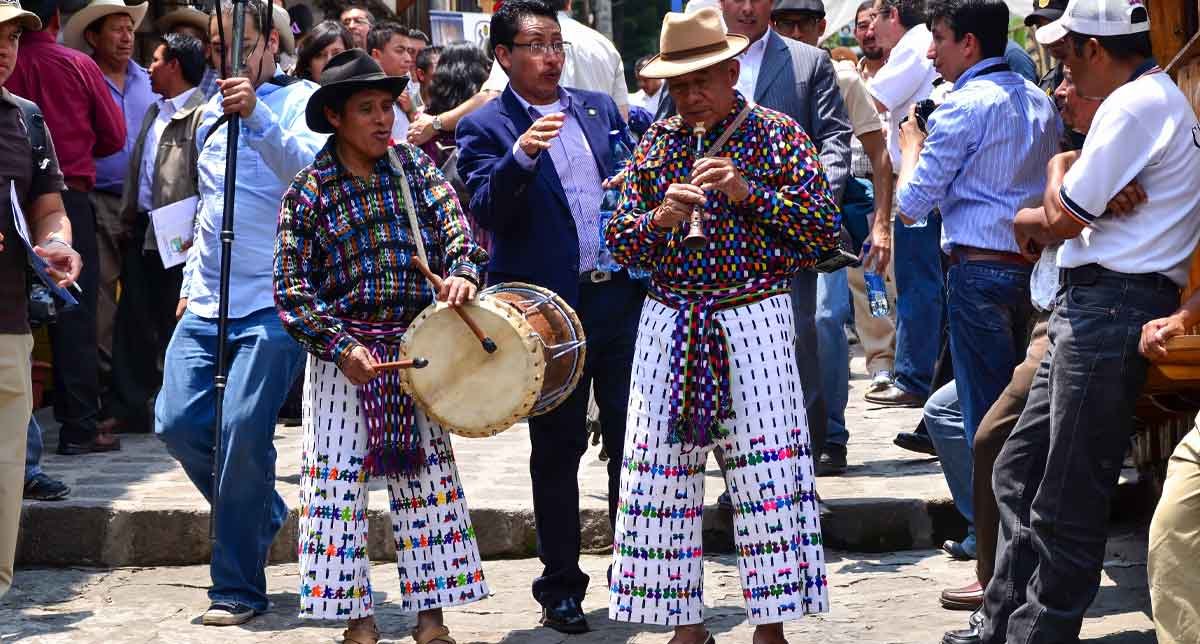
My Perspective: The Lake’s Duality
What makes Lake Atitlán special is its combination of serenity and mystique. The lake has a surface area of approximately 130 square kilometers, surrounded by three volcanoes and numerous small villages. Its tranquil facade conceals a lengthy, dynamic history forged through volcanic activity and radical seismic changes dating back more than 84,000 years.
Now, the lake is famous for its peaceful serenity and as a hub of excitement, attracting the seekers of calm and thrill-seekers alike.
| Duality Aspect | Example/Detail |
| Peace vs. Power | Calm waters for meditation; history of eruptions and seismic events |
| Tradition vs. Change | Mayan villages with unique customs; rising influence of tourism |
| Simplicity vs. Complexity | Simple farm life; discovery of ancient artifacts, deep spiritual roots |
| Tranquility vs. Adventure | Yoga retreats, hiking, kayaking, and outdoor sports |
Tourism is a new opportunity for employment and entrepreneurship. Some villages thrive on tourism, while others farm as they always have. This blend generates new optimism and new obstacles.
Tourism growth can strain local lifestyles and nature, but it saves certain traditions by exposing them to inquisitive visitors. I’ve watched guests discover a quiet calm in dawn meditations on the shore, and others challenge themselves climbing the precipitous trails or uncovering caverns hidden beneath the trees.
Every village, from San Juan’s art scene to Santiago’s robust traditions, provides a glimpse into local life. It’s not always easy for outsiders to assimilate or relate to these traditions. Occasionally, language barriers or differing convictions can confuse.
Yet the lake’s soul attracts us, be it for serene reflection or the excitement of exploration. Responsible travel – respect for the land and its inhabitants – counts here. Through their intentional decisions, visitors contribute to preserving Lake Atitlán’s unique ecosystem for the new wave of tourists.
Conclusion
Lake Atitlán is distinguished for its wild beauty, ancient traditions, and authenticity of locale. They come for the blue water and green hills; they stay for the medley of life and tranquility. Each lakeside village seems authentic—storybook in each lane, flavor in every bite. Local markets hum, boat rides slice through the morning mist, and mountain trails open up broad vistas—the lake’s well-being counts, sculpted of attention and jeopardy. The equilibrium seems authentic and unprocessed, not at all postcard. To experience the best of Lake Atitlán, be inquisitive, be respectful to the land, and let the lake’s rhythm take hold. Post your tales, and keep the lake’s spirit flaming.
Frequently Asked Questions
What makes Lake Atitlán unique compared to other lakes?
There’s no mistaking it: Lake Atitlán, a beautiful lake nestled between volcanoes and traditional towns, offers stunning scenery and colorful indigenous communities, making it a unique destination for travelers seeking both relaxation and a rich cultural experience.
Which village around Lake Atitlán should I visit?
Every village around beautiful Lake Atitlán is different. Panajachel is vibrant and accessible, while San Marcos specializes in wellness retreats, perfect for those seeking relaxation amidst the lush Atitlán landscape.
Can I experience authentic local culture at Lake Atitlán?
Indeed, Lake Atitlán’s towns, such as Santiago Atitlán, are the real deal. You can explore local markets, witness traditional weaving, and immerse yourself in the rich culture Lake Atitlán offers as numerous villages open their doors to visitors.
What local foods should I try at Lake Atitlán?
Go for dishes like pepian (a type of stew), tamales, and freshly caught lake fish at the beautiful lakes around Lake Atitlán. Local stands have fruit and handmade tortillas as well, staples of the region.
Is Lake Atitlán environmentally safe for swimming?
Water quality is highly dependent on location and season. Although some are clean for swimming, pollution isn’t a stranger in others. ALWAYS inquire with locals or guides on conditions before swimming.
How do I get around Lake Atitlán?
Public boats are the primary means of transportation between the beautiful lakeside communities, while tuk-tuks and walking are preferred for getting around each village. Boats are cheap, plentiful, and offer gorgeous views of Lake Atitlán.
What is the best time of year to visit Lake Atitlán?
The dry season, between November and April, is most popular for Lake Atitlán travel guide enthusiasts. With good weather and less rain, this is the perfect time for hikes and to explore the beautiful lakeside communities.

